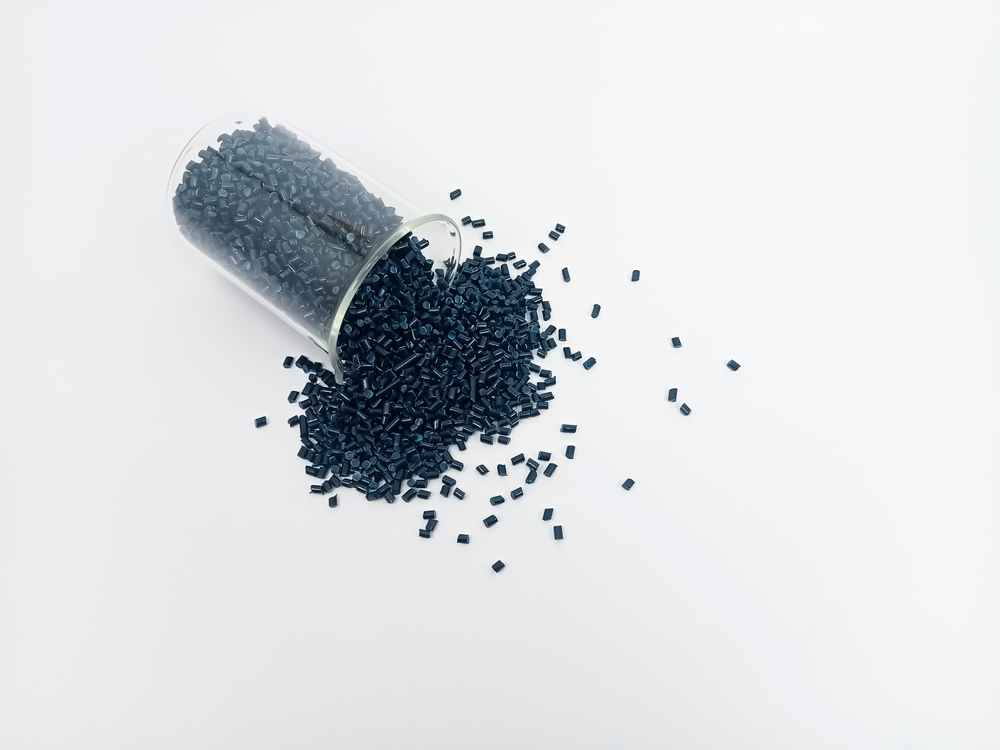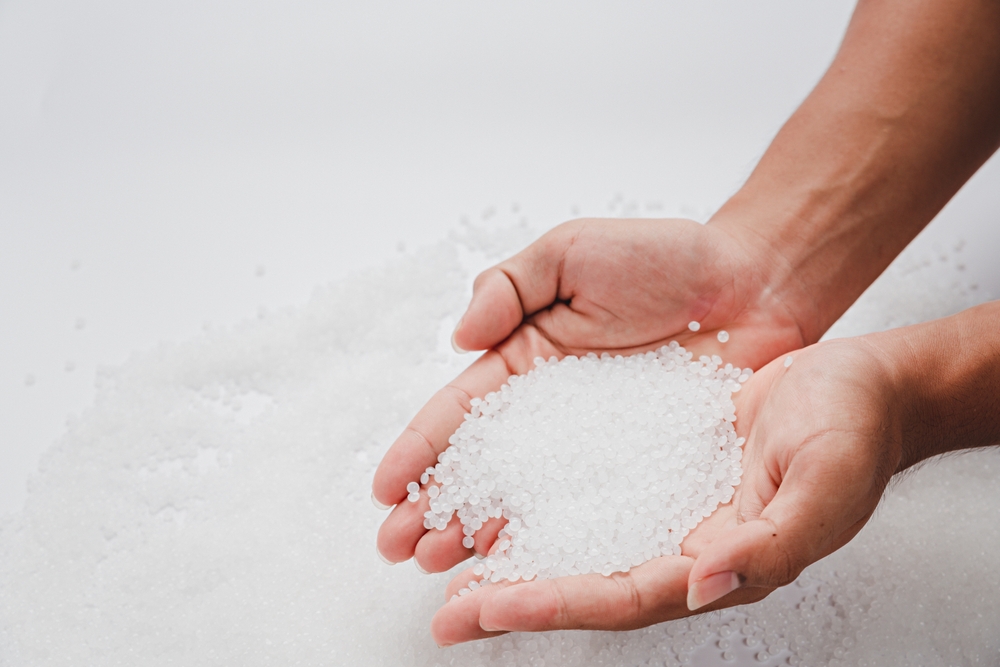Additives and colorants are essential components in both ceramic and plastic injection molding. They can significantly influence the aesthetic appeal and functional performance of the final part. That’s why a reliable ceramics and plastic injection molding company works closely with their clients to carefully select these substances and tailor the parts to meet specific requirements, while enhancing their durability, flexibility, and overall quality. Keep reading to find how additives and colorants affect the final product.
What additives and colorants are used in injection molding?
Some common additives include plasticizers, flame retardants and stabilizers to enhance performance, while colorants such as pigments, dyes, and masterbatches improve appearance. Here’s how they affect the process:
Colorants
Integrating colorants affects more than just the visual appeal. It can also alter the physical properties of the material. For example, certain pigments can affect flexibility, hardness, and durability. Carbon black, which is a commonly used pigment, can increase tensile strength and provide UV resistance, which results in improved lifespan of the final product.
Conversely, overuse of pigments like titanium dioxide can lead to increased brittleness if not properly balanced. That’s why understanding the interaction between colorants and the polymer matrix is essential to make sure the parts have the desired mechanical properties, without compromising the integrity of the material.
Additives
Additives are substances combined with base resins to impart or enhance specific characteristics in products. They serve various purposes, including improving appearance, boosting performance, facilitating processing, and extending the lifespan of a product. Some common categories of additives include:
- Light stabilizers: Protect plastics from photodegradation caused by exposure to light, and prevent discoloration and material breakdown.
- Heat stabilizers: Enhance thermal stability, enabling plastics to withstand high-temperature environments without degrading.
-
- Plasticizers: Increase flexibility and elasticity, reducing brittleness in the final product.
- Flame retardants: Reduce flammability, enhancing safety in applications where fire resistance is critical.
- Processing aids: Facilitate manufacturing by improving melt flow and mold release, leading to more efficient production processes.
Selecting the appropriate additives requires a thorough understanding of the properties of base resin and the desired performance outcomes for the final product. For example, incorporating UV stabilizers can prevent degradation in outdoor applications, while anti-static agents can reduce dust attraction in electronic components.
Balancing additives and colorants
While both colorants and additive additives offer significant benefits, their integration must be carefully managed to avoid adverse interactions. Improper mixing or incompatible combinations can lead to issues such as material degradation, inconsistent coloring, or compromised mechanical properties. It’s essential to ensure uniform dispersion and compatibility to maintain the integrity and performance of the molded product.
Regulatory compliance
Manufacturers must comply with industry regulations and safety standards. Some substances, such as heavy-metal-based pigments, may be restricted due to environmental and health concerns. Regulatory bodies like the FDA, REACH, and RoHS provide guidelines for acceptable additives, particularly for applications in food packaging, medical devices, and electronics.
Looking for a trusted ceramic and plastic injection molding company?
If you’re curious about why injection molding is one of the preferred production processes, want to know how to determine the right wall thickness, or why cooling time is an essential part of the process, Wunder Mold is here to address any questions or concerns you may have and provide you with high-quality parts. Our reliable team will work closely with you to understand the requirements of your part and help you pick the right materials. Whether you need us in the U.S. or across the globe, we’re here to help. Send us an email at sales@wundermold.com or get in touch with us by phone.

